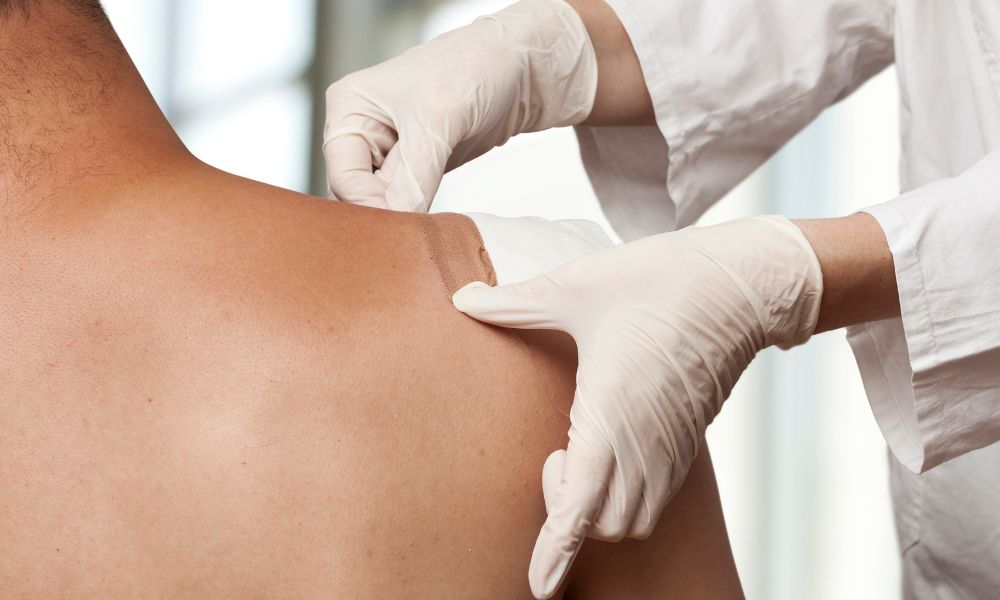Tips on Treating a Wound With Heavy Drainage
Posted by Jeanne Lowry on Mar 28th 2023

Whether you’re 1 or 100, cuts and scrapes are a normal part of life. By now, you’re likely used to disinfecting a small cut and covering it with a bandage. However, sometimes situations will occur where a wound has more drainage than usual. This can be due to the cut being worse than expected or your body not healing itself as well as it used to.
Either way, you need to prepare for these types of injuries. If you don’t think you are, this short list of tips for treating a wound with heavy drainage can help you out. Staying ready for the worst-case scenario is never a bad idea.
Have the Right Supplies on Hand
The first thing you need to do to help with handling a wound takes place way before the cut ever happens. You must have the right supplies for dealing with injuries at the house already. Don’t just buy a few cheap bandages, either. Purchase some quality wound care products and store them in a med kit together. Once you have everything you need to patch up an injury, you’ll be more equipped to deal with ones with heavier drainage than usual.
Utilize Elevation
After an injury occurs, if you notice that it’s bleeding a bit more than usual, try to get it elevated. You won’t need to do this immediately, so you can grab your wound care supplies first, but it’s a good idea to lift your cut above your heart level when possible. While this doesn’t stop blood flow from reaching the damaged area, it does slow it down. This will give you more time to stop the bleeding from getting out of hand.
Apply Enough Pressure
However, elevation alone won’t stop the heavy drainage from a nasty cut. You’ll also need to apply pressure to the wound to slow the bleeding. Be sure to use a clean piece of gauze when doing so, though. The bleeding process is still essential for cleaning and healing a wound naturally, so you won’t want to use a dirty cloth that will force contaminants back into the cut. This can lead to a possible infection.
Know When To Call for Help
For the final tip on treating a wound with heavy drainage, you need to know when there’s nothing more you can do to stop the bleeding and call for help. Unless you can tell the situation is dire immediately, you can wait a while before calling for an ambulance.
Typically, a bad cut can continue to bleed anywhere from 15 to 45 minutes. However, it should begin slowing down through that timespan. If the wound shows no signs of slowing down on its drainage, no matter which of our previous techniques you use, you’ll need to dial 911. This could be the sign of a much deeper issue, and you’ll need a medical professional to handle it for you.

